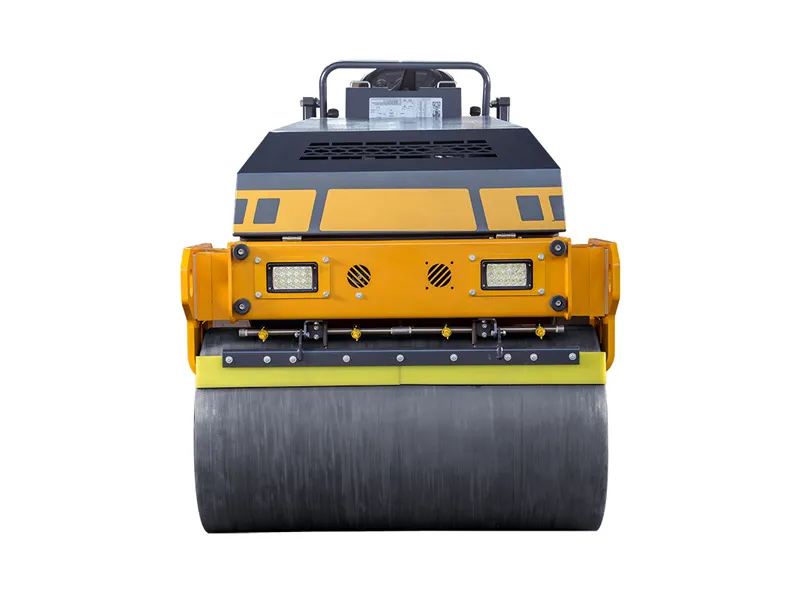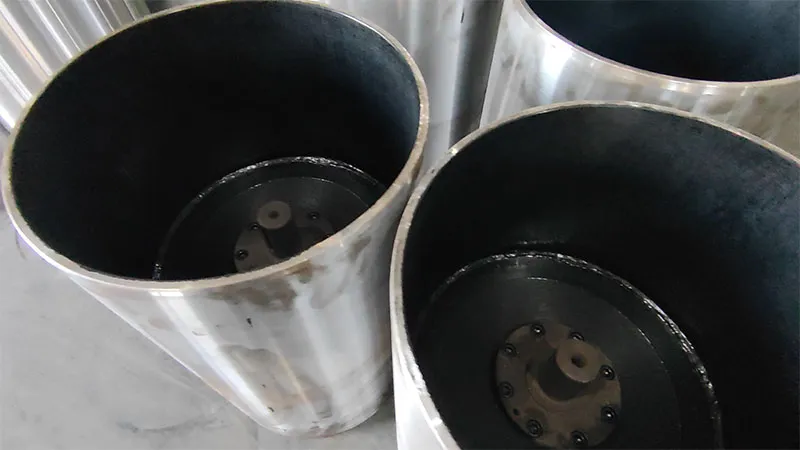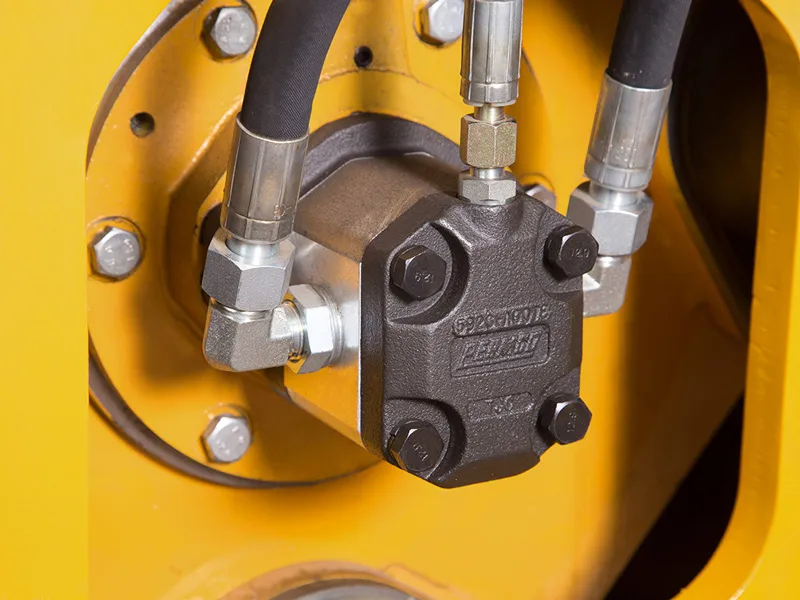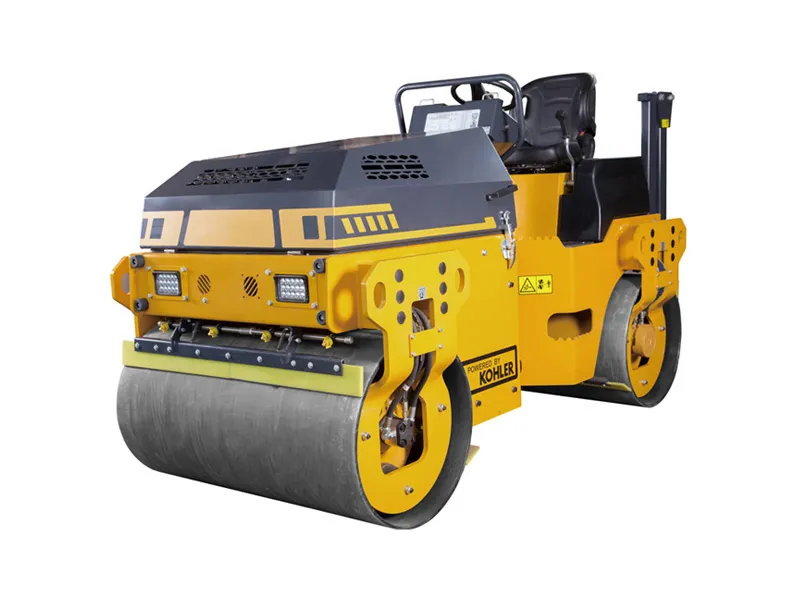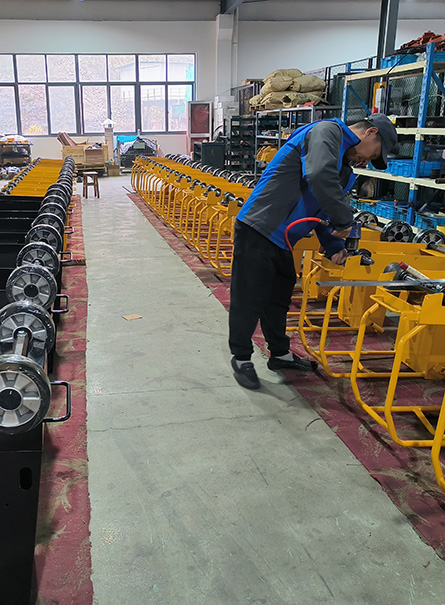In road construction, vibratory rollers are widely used due to their suitability for compacting various non-cohesive soils, crushed rocks, mixtures, and various asphalt concrete.
The wheels of the roller look intimidating, but they are actually hollow and contain an axis with an eccentric block, motor, shock absorber, and connecting frame.
The compaction principle of this roller is to use the high-frequency vibration of the mechanical to resonate with the particles of the material to be compacted, thereby reducing the friction between the particles of the material and making the layer to be compacted easier to compact.
When the vibratory roller is working, it has two main pressures on the road surface. One is the static line force, which is the weight of the entire roller on the front wheel. The other is the vibration force, which is the 60Hz-65Hz high-frequency vibration generated by the eccentric block on the wheel.
When the motor inside the wheel rotates, it drives the vibration shaft to rotate, thereby causing the eccentric block to move periodically. When it rotates to the upper part of the wheel, the eccentric force generated will make the wheel move upwards. When it moves to the bottom of the wheel, it will drive the wheel to form a downward force. In this way, when the eccentric block rotates inside the wheel, the external roller will form an up-and-down hammering movement. This hammering effect can make the pavement tighter.
Our HVR240V roller has a weight of up to 3600 kg and a static line force (front drum/rear drum) of 154/161 N/cm.
The vibration frequency is 60Hz.
What are the advantages of the vibratory roller compared to the traditional smooth roller?
Taking compacting sandy soil as an example, a 2-ton vibratory roller has a compaction effect equivalent to that of a 6-ton static smooth roller. Compared with a smooth roller of the same weight, the vibratory roller has a much deeper compaction depth and a better compaction effect.


